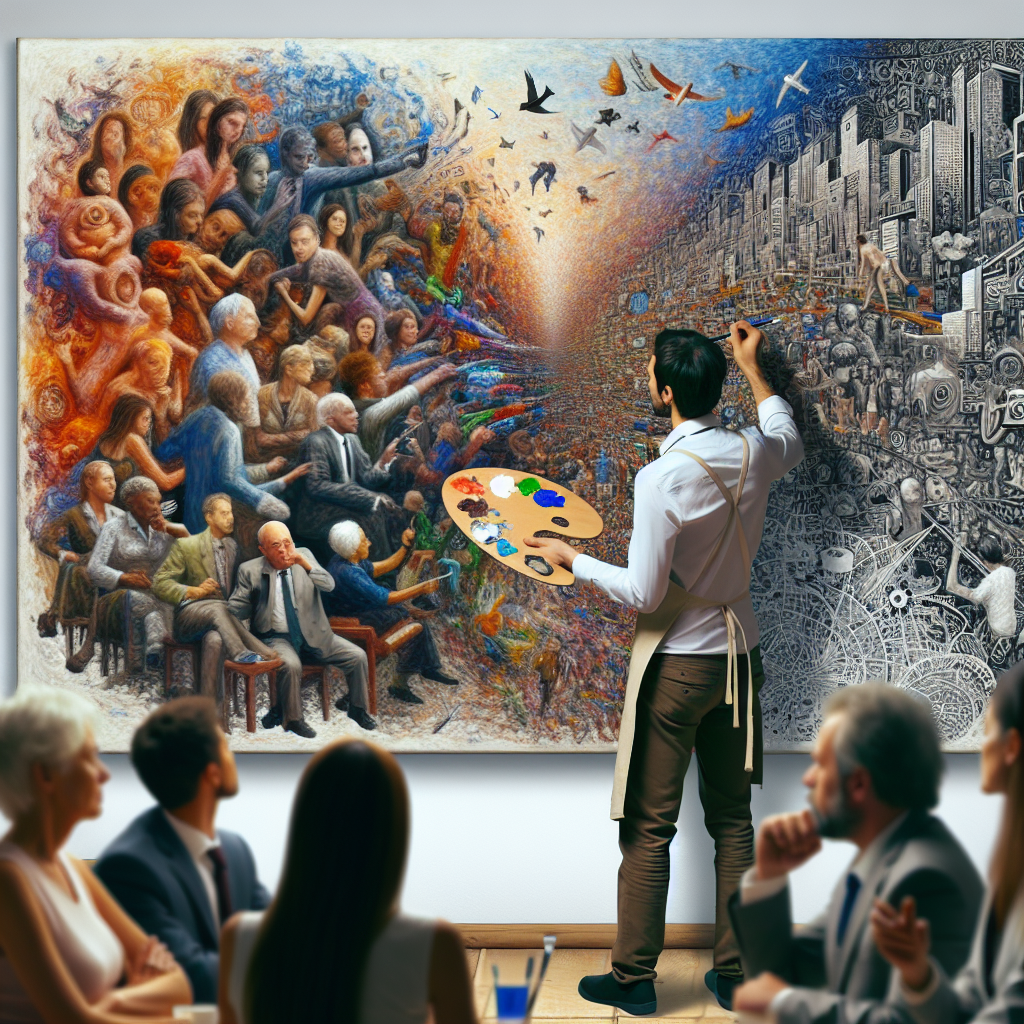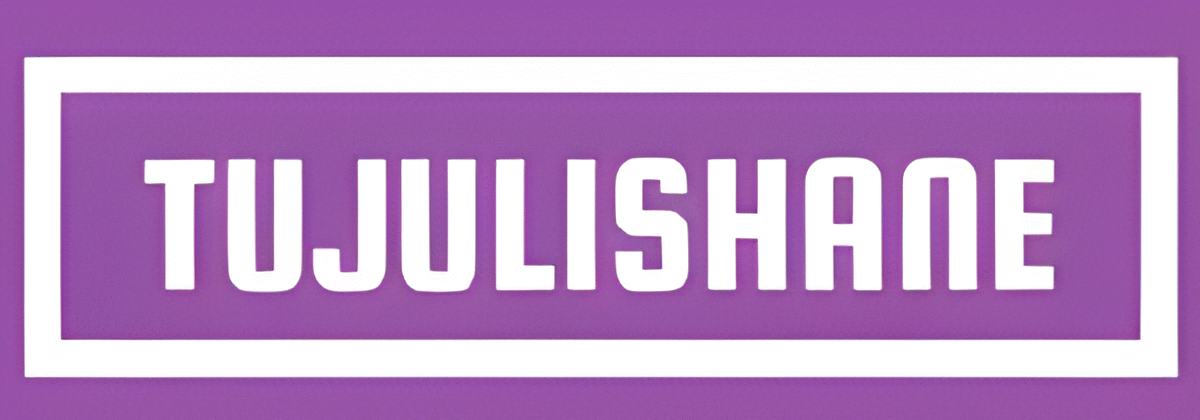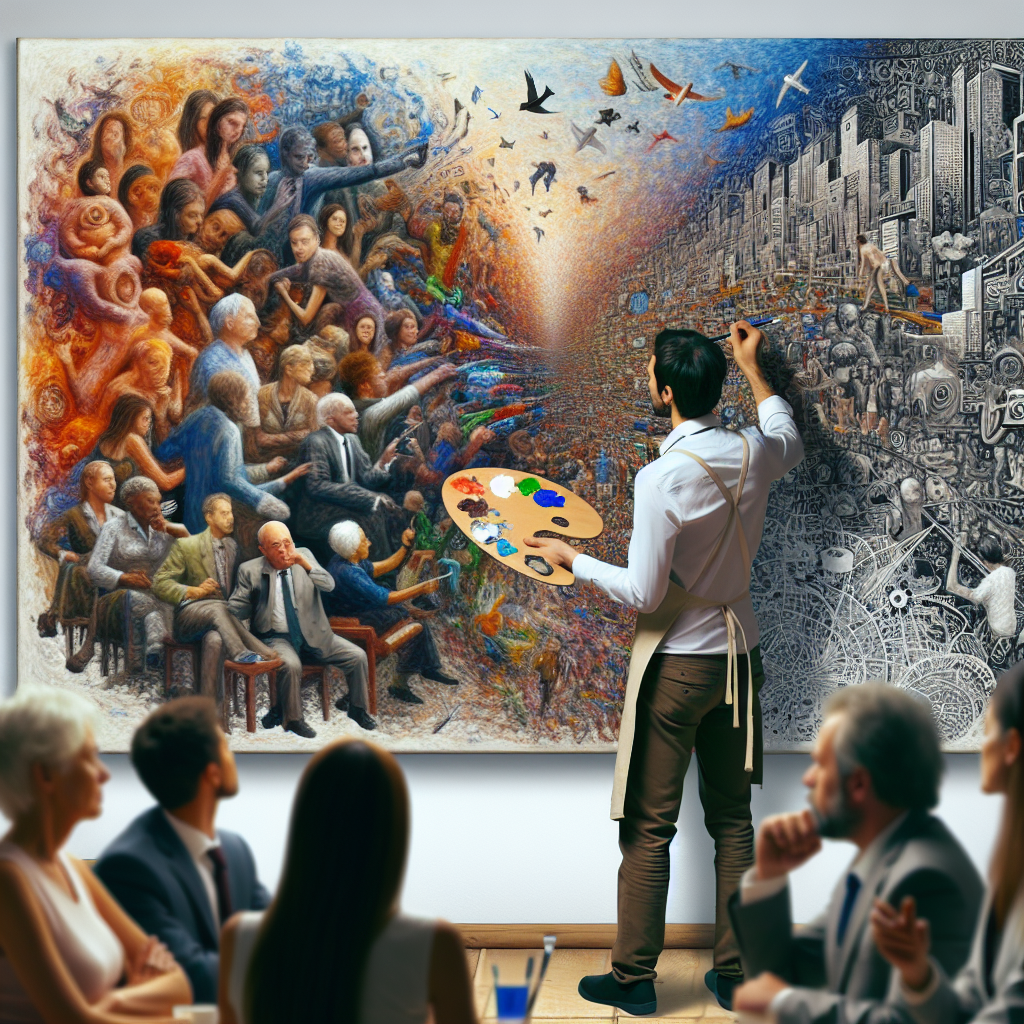How Does “A Picture Is Worth A Thousand Words” Apply To Communication?
Imagine trying to explain a complex idea or convey a deep emotion using only words. It can often feel like an uphill battle, with the ultimate goal slipping further out of reach. But what if I told you that there is a shortcut to effective communication, one that transcends the limitations of language? Enter the age-old saying, “A picture is worth a thousand words.” This seemingly simple phrase holds profound truth when it comes to communication. In this article, we will explore just how this saying applies to the way we connect and understand one another, and why visuals have the power to speak volumes without uttering a single word.

The Power of Visual Communication
Visual communication is a powerful tool that transcends language barriers and facilitates effective communication. As the saying goes, “A picture is worth a thousand words,” the concept behind this phrase highlights the ability of visuals to convey messages and ideas more efficiently than words alone. In an increasingly fast-paced and visually-driven world, the importance of incorporating visual elements in communication cannot be overstated. Visuals have the power to capture attention, evoke emotions, and leave a lasting impact on the audience.
The Concept Behind ‘A Picture Is Worth a Thousand Words’
The phrase “A picture is worth a thousand words” originated in the early 20th century and has since become a popular idiom. It signifies that a single image can illustrate complex ideas and convey a wealth of information instantly. While words require time for comprehension and interpretation, a well-crafted visual can capture the essence of a message in a fraction of the time. Visuals have the ability to tell a story, invoke emotions, and make a lasting impression on the viewer.
The Importance of Visuals in Communication
Visuals play a crucial role in communication, as they enhance the impact and understanding of the message being conveyed. By incorporating images, graphs, charts, and diagrams, complex ideas can be simplified and made more accessible to a wider audience. Visuals engage the audience’s attention and improve comprehension by presenting information in a concise and visually appealing manner. Whether in professional presentations, marketing campaigns, or personal conversations, the use of visuals helps to convey information more effectively.
The Impact of Visual Elements on Memory and Comprehension
Research has consistently shown that we are better able to remember and comprehend information when it is presented visually. Visual elements, such as images and illustrations, have been found to stimulate different areas of the brain, leading to increased retention and engagement. The combination of visual and verbal elements not only improves memory but also enhances overall understanding. By utilizing visual aids, individuals can better absorb and recall information, leading to more effective communication.
Enhancing Message Effectiveness
To enhance the effectiveness of communication, visual elements can be utilized to make complex ideas more accessible, elicit emotional responses, and create a memorable impression.
Making Complex Ideas More Accessible
Communicating complex ideas can be challenging, especially when trying to convey intricate concepts or data-heavy information. By utilizing visuals such as diagrams, infographics, and flowcharts, complex ideas can be presented in a simplified and easy-to-understand format. Visual representations help break down information into digestible components, allowing the audience to grasp the main points more effectively. This approach not only enhances comprehension but also increases engagement and interest.
Eliciting Emotional Responses
Visuals have the unique ability to evoke emotional responses from the audience. By incorporating images that resonate with the message being conveyed, emotions can be stirred, creating a deeper connection and impact. For example, a heartfelt photograph or a powerful illustration can evoke empathy, compassion, or inspiration in the viewers. By appealing to the audience’s emotions, visual communication becomes more persuasive and memorable.
Creating a Memorable Impression
In a world bombarded with information, it is essential to create a memorable impression through effective communication. Visuals have the advantage of leaving a lasting impact on the audience. By utilizing visually striking images, creative design elements, and relevant visual metaphors, messages can be etched into the minds of the viewers. A visually compelling presentation or an eye-catching advertisement stands a higher chance of being remembered, ensuring that the core message remains with the audience long after the communication has ended.
Non-Verbal Communication
Non-verbal communication encompasses the use of facial expressions, body language, and visual aids to convey messages effectively. It plays a significant role in enhancing understanding and strengthening the connection between individuals.
The Significance of Non-Verbal Cues
Non-verbal cues are an integral part of communication, as they provide additional information and context beyond spoken words. They include facial expressions, gestures, posture, and eye contact. These cues help the listener interpret the speaker’s emotions, sincerity, and intention. In face-to-face communication, non-verbal cues help to build rapport, establish trust, and reinforce the spoken message.
Facial Expressions and Body Language
Faces are a powerful means of expression, capable of conveying a wide range of emotions and intentions. Smiles, frowns, raised eyebrows, and other facial expressions can significantly impact the message being communicated. Body language, including posture, gestures, and movement, also adds depth to verbal communication, augmenting the meaning and emphasizing certain points. By being aware of and effectively utilizing facial expressions and body language, individuals can enhance the clarity and impact of their message.
Using Visual Aids to Convey Emotions
Visual aids, such as photographs, videos, or illustrations, can effectively convey emotions that may be difficult to express through words alone. For instance, a picture of a devastated community after a natural disaster can evoke a sense of empathy and urgency much more effectively than a written description. Visuals elicit emotional responses and allow individuals to connect on a deeper level, fostering understanding and empathy.
Cultural and Cross-Language Communication
Visual communication holds particular significance in cross-cultural and cross-language interactions. It serves as a universal language, helping to overcome language barriers and navigate cultural nuances.
Overcoming Language Barriers
Communication between individuals who speak different languages can be challenging. Visuals provide a common ground, allowing for communication and understanding beyond linguistic limitations. By incorporating visual elements, individuals can bridge the language gap and convey messages more effectively. Visuals have the power to transcend cultural and linguistic boundaries, facilitating meaningful interactions and enhancing global communication.
Visuals as a Universal Language
Visuals are universally understood, making them an invaluable tool for communication in an increasingly globalized world. For example, road signs, symbols, and pictograms are universally recognized across cultures, enabling individuals to navigate unfamiliar environments and understand important information. Visual communication allows for clear and concise messages that can be interpreted by people from different cultural backgrounds, promoting inclusivity and fostering collaboration.
Cultural Nuances in Visual Communication
While visuals serve as a universal language, it is important to recognize and respect cultural nuances when communicating visually. Symbols, colors, and gestures can hold different meanings across cultures, and it is vital to ensure that visuals are culturally appropriate and sensitive. Understanding cultural differences and seeking feedback from individuals of different backgrounds can help avoid misunderstandings and ensure effective cross-cultural communication.
Storytelling through Visuals
Visual storytelling is a powerful and captivating way to convey ideas, evoke emotions, and engage the audience. It taps into the human instinct to connect through narratives and offers a dynamic and compelling mode of communication.
Visual Storytelling Techniques
Visual storytelling involves utilizing a sequence of images to narrate a story or convey a message. Techniques such as framing, composition, color symbolism, and juxtaposition are employed to create a compelling narrative or enhance the impact of the message being communicated. These techniques guide the viewer’s attention, evoke emotions, and bring the story to life, making it more relatable and memorable.
Evoking Imagination and Empathy
Visual narratives have the ability to transport viewers to different worlds, evoke their imaginations, and create a sense of immersion. By presenting relatable characters, vivid scenes, and compelling storylines, visual storytelling fosters empathy and emotional connection. It allows individuals to step into someone else’s shoes, gaining a deeper understanding of different perspectives, experiences, and cultures.
The Power of Visual Narratives
Visual narratives have the power to leave a lasting impact on the audience. They have the ability to inspire, inform, and initiate change. Through their immersive and emotive nature, visual narratives can induce behavioral shifts, influence opinions, and raise awareness about important social and environmental issues. Whether through photography, illustrations, or films, visual narratives can spark conversations, provoke reflection, and drive social progress.
Visual Versatility across Digital Platforms
In today’s digital age, visual communication has been revolutionized by the influence of social media, data visualization, and the rise of visual content marketing. Visuals have become an essential part of online communication, captivating audiences and delivering messages with precision and impact.
The Influence of Social Media and Digital Communication
Social media platforms, such as Instagram, Facebook, and TikTok, rely heavily on visual content to engage users. Images, videos, and infographics dominate online communication, capturing attention and driving engagement. Visuals on social media platforms are easily shareable, allowing messages to reach a broader audience and go viral. The visual nature of social media enables individuals and businesses to communicate ideas, express themselves creatively, and build online communities.
Infographics and Data Visualization
Infographics and data visualization have gained popularity as powerful tools for presenting complex information in a visually appealing and accessible manner. By transforming data into eye-catching visuals, such as charts, graphs, and maps, information can be understood quickly and easily. Infographics and data visualizations are particularly useful for conveying statistics, trends, and comparisons. They offer a visually captivating way to communicate information, making it more memorable and understandable.
The Rise of Visual Content Marketing
Visual content marketing has become an integral part of digital marketing strategies. Brands recognize the power of visuals to engage audiences and tell their stories effectively. Videos, images, and interactive visual content are utilized to capture attention, communicate brand values, and create memorable connections with consumers. Visual content marketing allows businesses to stand out in a crowded digital landscape and leave a lasting impression on their target audience.
The Role of Visuals in Marketing and Advertising
In marketing and advertising, visuals play a crucial role in grabbing attention, creating impact, and building brand identity. By harnessing the power of visuals, marketers can effectively communicate messages, evoke emotions, and establish long-lasting connections with consumers.
Grabbing Attention and Creating Impact
In a world oversaturated with information and advertisements, visuals are essential for grabbing attention and making an impact. Eye-catching images, striking colors, and bold designs can attract viewers’ gaze amidst the sea of distractions. By combining visuals with compelling headlines or captions, marketers can create a powerful message that stands out and resonates with the target audience.
The Psychology of Visuals in Advertising
Visuals in advertising leverage psychological principles to influence consumer behavior and shape perceptions. Colors, shapes, and imagery evoke certain emotions and associations, which can impact consumers’ perception of a brand or product. For example, warm colors like red or orange can create a sense of urgency or excitement, while cool colors like blue or green can convey trustworthiness or calmness. By understanding the psychological impact of visuals, marketers can strategically utilize visuals to create desired emotional responses and engage consumers.
Using Imagery to Build Brand Identity
Visuals play a crucial role in building and reinforcing brand identity. Logos, typography, and overall visual style contribute to the recognition and memorability of a brand. Consistent visual elements create a cohesive and distinctive brand image, allowing consumers to easily identify and connect with a brand. By leveraging visuals to convey brand values, personality, and unique selling propositions, marketers can establish a strong brand identity that resonates with their target audience.
The Power of Visuals in Presentations and Public Speaking
Visuals are invaluable tools in presentations and public speaking, as they enhance audience engagement, message retention, and overall impact. By incorporating visual aids, presenters can effectively convey their message, capture attention, and create a memorable experience for the audience.
Engaging and Captivating an Audience
Visual aids such as slides, videos, or images add visual interest to presentations and captivate the audience’s attention. When combined with an engaging delivery style, visuals make the presentation more dynamic and interactive. Audiences are more likely to remain attentive when visually stimulated, leading to improved engagement and comprehension.
Using Visuals to Enhance Message Retention
Studies show that combining verbal information with relevant visuals leads to better retention and recall of information. Visual aids help individuals connect the spoken words with visual representations, reinforcing memory and understanding. By integrating visuals strategically throughout a presentation, key points can be emphasized, and complex concepts can be simplified, increasing the likelihood that the audience will remember the message long after the presentation has ended.
Incorporating Visual Aids Effectively
To maximize the impact of visual aids in presentations, it is essential to use them effectively. Visuals should complement the spoken words and not distract or overwhelm the audience. They should be clear, concise, and relevant to the message being conveyed. Overloading slides with excessive text or complex visuals can hinder comprehension and dilute the impact. By using visuals strategically, presenters can create a visually appealing and impactful presentation that resonates with the audience.
Visual Communication in Personal and Professional Relationships
Visual communication extends beyond professional settings and plays a significant role in personal relationships and interactions. It allows individuals to express emotions, convey messages effectively, and overcome communication barriers.
Expressing Emotions and Feelings Visually
Visual communication provides an outlet for expressing emotions and feelings that may be difficult to articulate in words. Through facial expressions, body language, and visual cues, individuals can convey their emotions more authentically and effectively. A warm smile, a sympathetic look, or a comforting hug can speak volumes without the need for words. Visual expressions of emotions foster understanding, empathy, and connection in personal relationships.
Using Visuals in Professional Networking
Visual communication is not limited to personal relationships alone—it also plays a crucial role in professional networking and building connections. In networking events and conferences, individuals can use visual aids such as business cards, portfolios, and visual presentations to showcase their skills, experiences, and achievements. These visual tools help individuals create a memorable impression and facilitate meaningful conversations, enabling them to form valuable professional connections.
Visual Communication Tools in Remote Work
With the rise of remote work and virtual communication, visual communication tools have become even more essential. Video conferencing platforms, screen sharing, and collaborative whiteboards allow individuals to communicate and share information visually, bridging the physical distance and fostering effective collaboration. Visual tools facilitate clearer understanding, efficient decision-making, and enhanced teamwork, making remote work more seamless and productive.
The Future of Visual Communication
As technology continues to advance, the future of visual communication holds exciting possibilities. Emerging technologies, such as augmented reality (AR) and virtual reality (VR), are transforming the way visuals are created and consumed. Visual communication trends indicate a continued emphasis on immersive experiences, interactive visuals, and personalized storytelling.
Advances in Augmented Reality and Virtual Reality
Augmented reality and virtual reality technologies are revolutionizing visual communication. They allow individuals to interact with digital content in three-dimensional spaces, providing immersive and engaging experiences. From virtual tours and training simulations to interactive product demonstrations, AR and VR offer limitless possibilities for innovative visual storytelling and communication.
Visual Communication Trends to Watch Out For
Visual communication is constantly evolving, driven by technological advancements and changing user preferences. Trends such as personalized visuals, interactive infographics, and augmented data visualization are gaining momentum. Visual content that adapts to individual preferences and provides dynamic and interactive experiences is becoming increasingly popular. As technology continues to advance, we can expect even more exciting trends and developments in the field of visual communication.
The Ever-Evolving Role of Visuals in the Digital Age
In the digital age, visuals have become an integral part of our daily lives. From social media feeds to websites, visual content saturates our online experiences. As attention spans decrease and the need for concise and impactful messaging increases, visuals will continue to play a critical role in effective communication. As technology evolves, visuals will adapt and continue to shape the way we communicate and share information in the digital age and beyond.
In conclusion, visual communication is a powerful and versatile tool that enhances the effectiveness of communication. The concept of “A picture is worth a thousand words” holds true in various scenarios, from conveying complex ideas to capturing attention and fostering emotional connections. Visuals transcend language barriers, enable storytelling, and leave a lasting impression on the audience. As technology advances and visual communication trends evolve, visuals will continue to play a vital role in personal, professional, and digital interactions, shaping the way we communicate and connect in the future.







